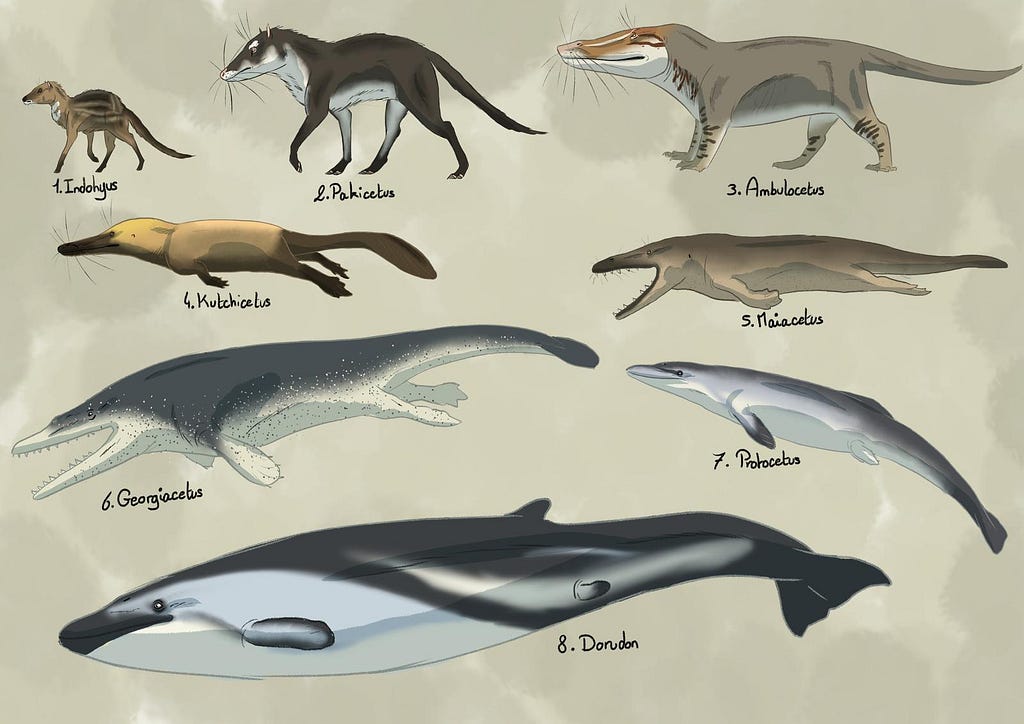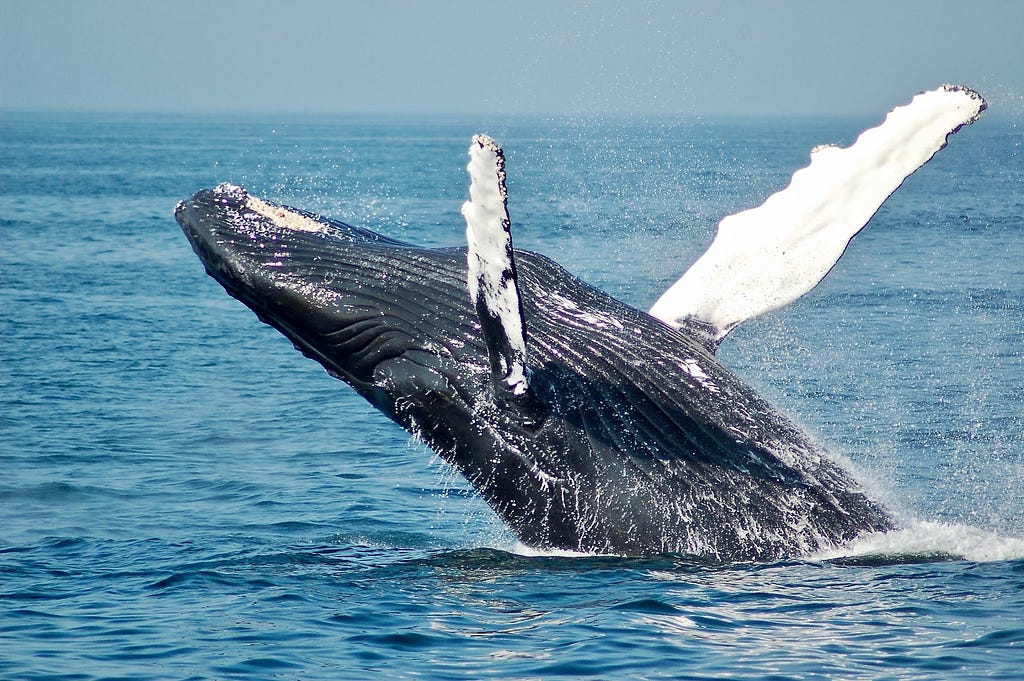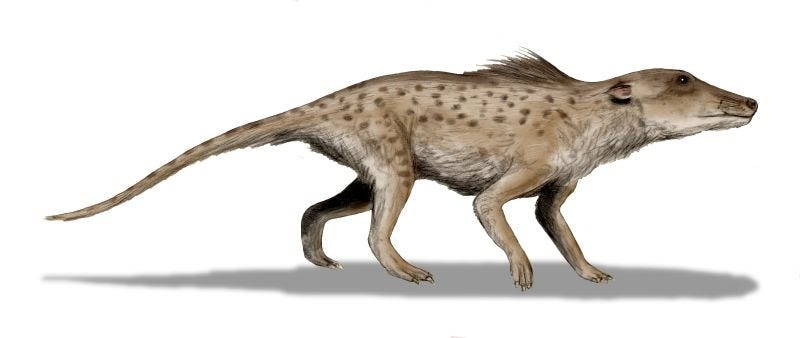The evolution of whales and software

How does the evolution of whales tie into the trends of technology? Well, a very common trend in the tech industry is to mimic the “whales” of the industry. Companies such as Google, Facebook, Twitter, Netflix, etc. are all truly whales in this vast sea of technology. It seems like whatever they are doing, it must be a good idea, thus, something we should also implement. However, the current whales in the tech industry were not always whales, like whales in the ocean, they began their evolution as something else.

The blue whale is the largest (known) animal to ever live on the earth. Surprisingly, around 50 million years ago, whales used to be a carnivorous hoofed land animal similar to a horse mixed with a wolf called a ‘Pakicetidae.’ For reasons yet unknown, the Pakicetids experienced an aquatic transformation over time and evolved into one of the largest and majestic species we now call whales.

Evolution, time, and the right conditions are needed to become a whale. It seems more logical to study where the whales came from and how they evolved rather than adopting their current behavior. The same logic applies to understand and grow a company. Every company will have to evolve on its own path, which, more than likely, will not be the same path as the whales in the industry. A company’s development requires difficult decisions and due diligence, so get ready to be uncomfortable.
If a startup has billions of dollars worth of resources and thousands of software developers on hand like Google, then applying the same strategies and technologies may make sense. But in reality, most startups, by comparison, are mere specs of sand on a beach compared to tech whales like Google or Facebook. So why pattern your company after them? Would you throw a horse into the ocean and expect it to turn into a whale overtime? Absolutely not, it is absurd.
Adopting what a “successful” company is doing is a feel-safe and comfortable conclusion. Most of the tech trends seem to be born out of a lack of confidence in personal capabilities and technological understanding. By copying what these tech giants are doing, you are not relying on your judgment or understanding, instead, you are depending on the whales in the sea to show you the way. Remember though, these whales did not start this way, they evolved into it.
Facebook originally started with PHP and Twitter with Ruby on Rails. Eventually, they outgrew these technologies and moved into more suitable technologies to match their operational scale. However, would these companies be where they are now had they started with the same technology they are using today? Arguably doubtful when you consider factors such as insufficient developer resources, lengthy development time, and prohibitive costs.

Find the right tool for the job given your current conditions, not for when you become a whale, but for the animal you are now. Eventually, as your company grows, your technology will have to evolve concurrently to match the developing conditions. Some companies may even evolve into something radically different from their initial business models.
Omise is a great example of a whale transformation. Omise started as a small e-commerce company in Thailand. As their operations proceeded, they immediately saw the need for a seamless payment gateway and completely changed their business direction. Now Omise is on its whale evolution course and is leading the region in payment processing, blockchain technology, and other ventures.
Amazon is another excellent example of evolution. When the company was founded in 1994, it originally started as a platform to sell books online. Today, Amazon has evolved to be one of the most popular e-commerce platforms in the world and also one of the biggest whales in the tech industry. From this example, you can see that even the biggest tech players didn’t start as whales straight away but instead developed over time into the tech giants they are today.
Many companies in the tech industry often enjoy playing with cool new technologies. When doing so, we also need to keep in mind that just because the whales are doing it and is working well for them, it does not necessarily mean that it will work well for us. Rather than following the tech trends of the whales, we need to think more in terms of practical needs and how best to evolve on our own. No matter what tools you use now, they will change and evolve, as will you and your company.
Join us on our evolution course today!
詳細はこちらから
購読してくれてありがとう
メールにサインアップしていただきありがとうございます